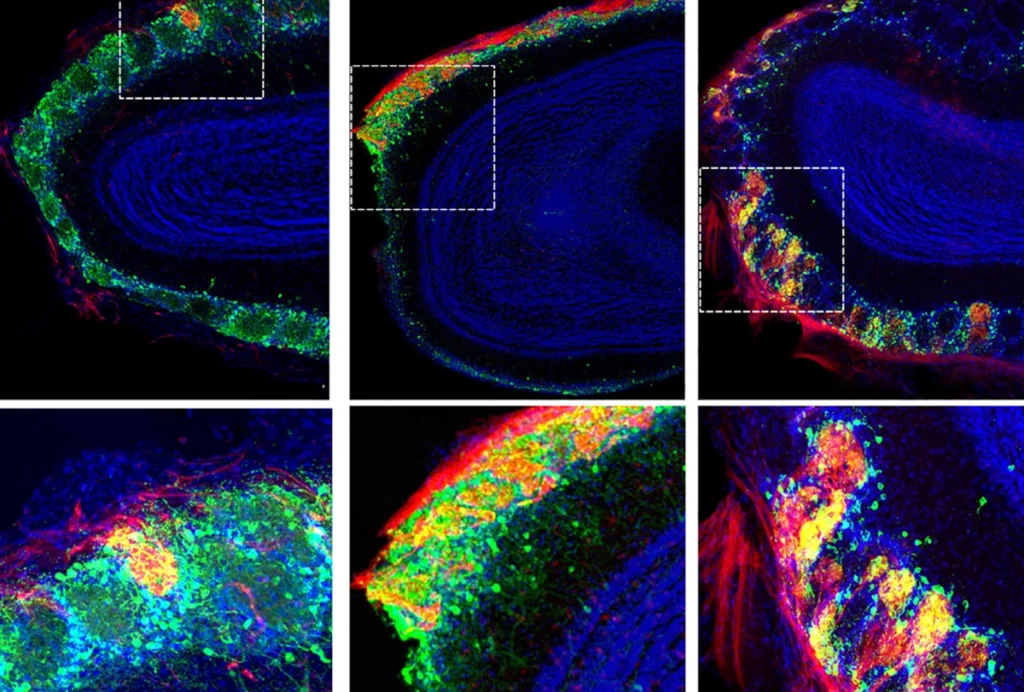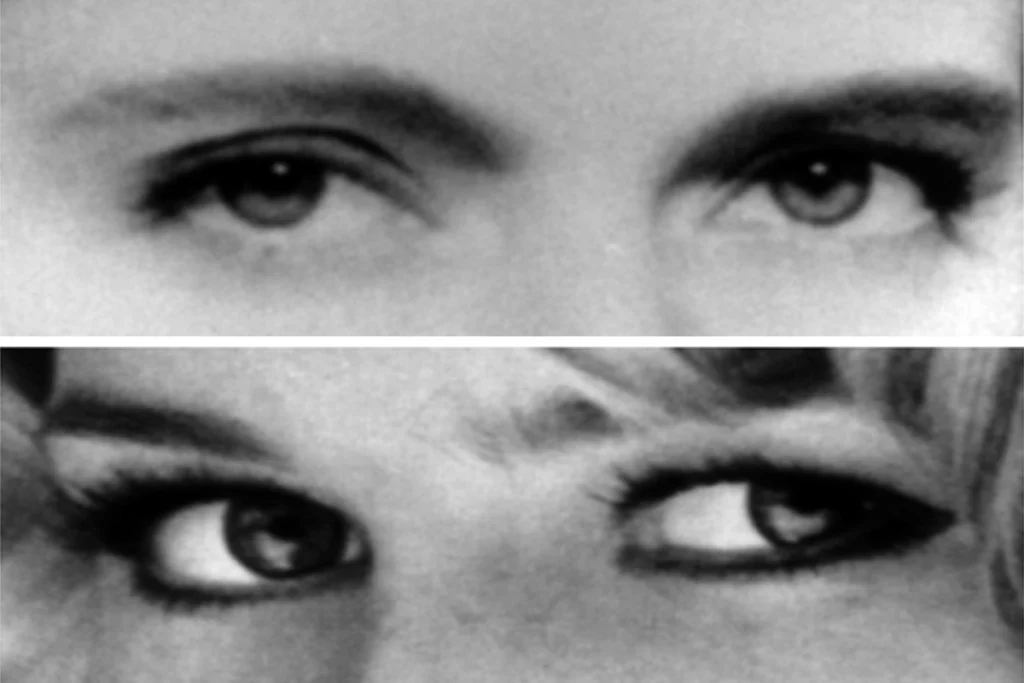Effect of paternal age seen in girls with autism
Children, especially girls, with autism who have older fathers are more likely than those with younger fathers to be the only child with the disorder in their family, according to a new study published 16 December in Autism.
-

Daddy’s girl: Girls with autism who have older fathers hint at the potential role of new mutations in the disorder.
Children with autism who have older fathers — with an average age of 41 — are more likely than those with younger fathers to be the only child with autism in their family, according to a new study1. The finding is especially striking for girls with older fathers, who are more than six times as likely as those with younger fathers to show this effect.
The results, published online 16 December in Autism, bolster the hypothesis that de novo, or non-inherited, mutations that accumulate in a man’s sperm cells as he ages may increase the risk of autism in his children.
“It suggests that girls with autism whose fathers are older are especially likely to have a disorder that is owing to some de novo event,” says lead investigator Jeremy Silverman, professor of psychiatry at Mount Sinai School of Medicine in New York.
The findings emphasize the importance of including girls in studies of the disorder, even though they are less likely to be affected than boys are.
“This is refocusing the attention on the females, and putting forth a potential model that makes a lot of sense,” says Rita Cantor, professor of human genetics at the University of California, Los Angeles, who was not involved in the work.
About four times more boys than girls have autism. However, this skewed sex ratio narrows among children with older fathers2, suggesting that some mechanism that affects boys and girls more equally may be at play in this group.
What’s more, researchers have found that people with sporadic autism — those who don’t have a family history of the disorder — have more de novo copy number variations (CNVs) than people with autism that runs in families or healthy individuals3. CNVs are a type of mutation in which chunks of genetic material are duplicated or deleted.
“There had been hints at this [study’s findings] in different ways,” Silverman says. “In some ways, we were just trying to put this stuff together.”
Separating simplex:
In the new study, Silverman and his colleagues analyzed data on 677 children with autism from 340 families enrolled in autism studies at Mount Sinai. “[Recruitment] took place before we were interested in paternal or maternal ages,” Silverman notes, “and so we feel pretty confident that there was no inherent bias” toward older parents.
Of these families, 90 are simplex families, meaning they have one child with autism, but unaffected parents and siblings. The remainder are multiplex families, in which at least two children are affected by the disorder.
The researchers divided the children into four groups based on the age of their fathers. They found that children with autism who have the oldest fathers, with an average age of 41 when their children were born, are more likely to be part of simplex families compared with those born to the youngest fathers, with an average age of 27.5 years.
As grouped, the youngest fathers of girls with autism were between 22 and 30 years old, and the youngest fathers of boys were between 20 and 29. The oldest fathers of girls were between 38 and 52, and the oldest fathers of boys between 37 and 62. But, notes Silverman, “the results could not be attributed to a few outliers — that is, to a few fathers with especially high ages.”
To the researchers’ surprise, though, the link between older paternal age and simplex families is much more pronounced in girls. Boys in the study who have the oldest fathers are one-and-a-half times as likely to be from a simplex family compared with boys who have the youngest fathers. By contrast, girls with autism and the oldest fathers are over six times more likely to belong to a simplex family compared with girls who have the youngest fathers.
“Simplex girls are really driving that relationship,” Silverman says.
That’s consistent with the idea that new mutations can accumulate in the sperm of men as they age, increasing the risk of autism in their daughters, even when there’s no family history of the disorder.
The findings don’t preclude de novo mutations from also contributing to autism in boys. A link between paternal age and simplex autism may simply be harder to pick up in boys because there are more boys with the disorder, and a greater diversity of causative factors, Silverman suggests.
Common characteristics:
The study is small and must be validated in a larger sample, experts caution. “They only have 14 [girls with simplex autism] that establish this, which in the statistical world is quite small,” Cantor says.
Experts also note that while the results support a role for de novo mutations, they don’t rule out other possibilities. “Other things happen as men age, and those could be explanatory for their findings,” says Lisa Croen, director of the Autism Research Program at the health insurer Kaiser Permanente Northern California in Oakland, California, who was not involved in the study.
Other age-related factors could include environmental exposures or epigenetic changes, which affect gene expression without altering the underlying sequence.
Data from some large studies that collect genetic material and information on environmental exposures, such as the ongoing Study to Explore Early Development, could help confirm the new results, notes Croen.
Silverman plans to investigate whether there are other characteristics common to girls with simplex autism who have older fathers, such as the pattern or severity of their symptoms.
Last year, researchers led by Dolores Malaspina found that women with schizophrenia who have older fathers and no family history of the disease have more severe symptoms compared with other women who have schizophrenia4. The risk of schizophrenia, like that of autism, is greater in males and in children of older men.
Silverman says his team’s findings help point autism researchers toward the subpopulations that may be most useful for their studies. For example, those wanting to understand the role of de novo mutations in autism might want to focus on simplex girls with older fathers. Those interested in how autism susceptibility is transmitted down the generations might want to avoid that population.
References:
1: Puleo C.M. et al. Autism (2011) (Epub ahead of print) PubMed
2: Anello A. et al. J. Autism Dev. Disord. 39, 1487-1492 (2009) PubMed
3: Sebat J. et al. Science 316, 445-449 (2007) PubMed
4: Rosenfield P.J. et al. Schizophr. Res. 116, 191-195 (2010) PubMed
Explore more from The Transmitter

Rat neurons thrive in a mouse brain world, testing ‘nature versus nurture’
